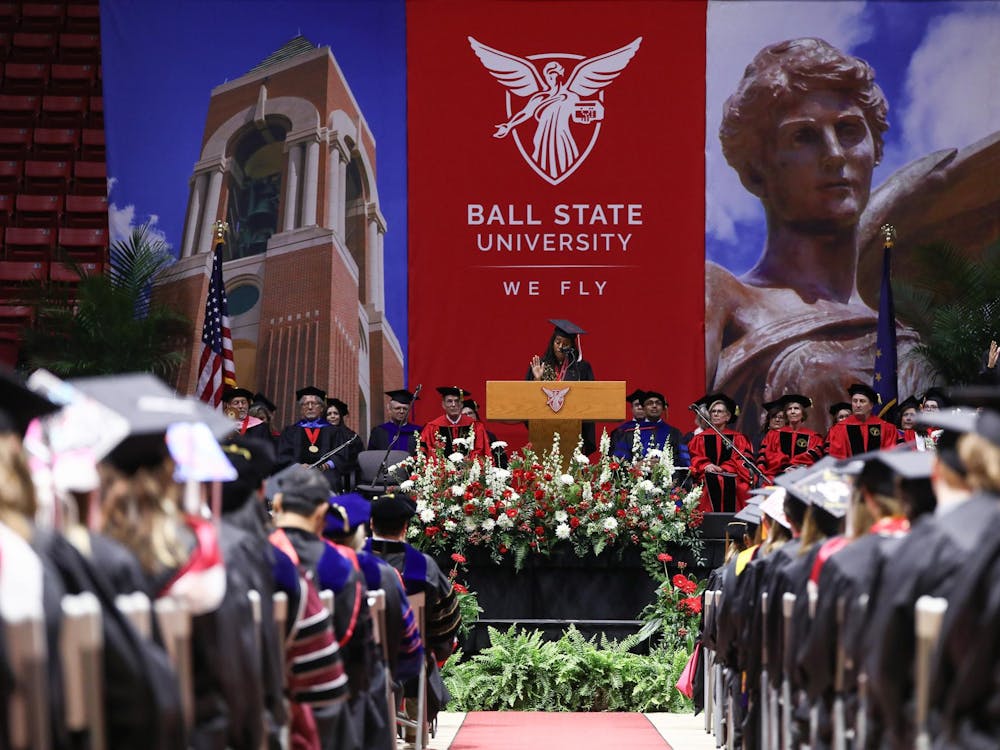Just more than a year into the project, Ball State is still on schedule for construction of the nation's largest geothermal heating and cooling system.
When thinking of the best possible place for geothermal energy, people may turn to Yellowstone National Park or Iceland. However, Klaus Neumann, associate professor of geological sciences, said Muncie is a prime location for a specific type of geothermal energy.
"After drilling wells and measuring how much it takes to move the water, the university decided it was quick enough for the university's energy demand," Neumann said. "We don't need a special setting for a system like this because our ground is suitable for geothermal energy."
With Ball State's geothermal system, the crews are using existing and new piping to move water to the various buildings connected to the system, said Jim Lowe, director of Engineering, Construction, and Operations.
Lowe said the new heat-and-chiller pump, the heart of the project, will be housed in a new building that should be finished in about three weeks.
Once connected, the pump will distribute hot and cold water throughout campus for efficient temperature regulation.
While crews have been digging up previously laid piping, Lowe said this is all for upgrades and updates to the valve system.
"The contractors are continuing to finish their pressure testing. ... If there is an issue, they need to fix it," he said.
While only in the first phase of the geothermal project, once the project is completed all 45 buildings on campus will receive energy from it, eliminating two coal-fire burners at the Central Chilling Plant.
The plant has two additional coal-fire boilers, which will be shut down after Phase Two. However, the seven natural gas boilers will be kept as a backup energy source for the thousands of students living on campus.
The project will eliminate 85,000 metric tons of carbon dioxide emissions, said Robert Koester, director of Center for Energy Research.
"Once the system is in operation it will be an energy management system as well as an energy supply system," Koester said.
While the project has a few years to go, Ball State is still looking for funding for Phase Two of the project. The project, funded in part by the United States Department of Energy, is scheduled to be complete in 10 years. The university began construction on the $66 million project in May 2009.




